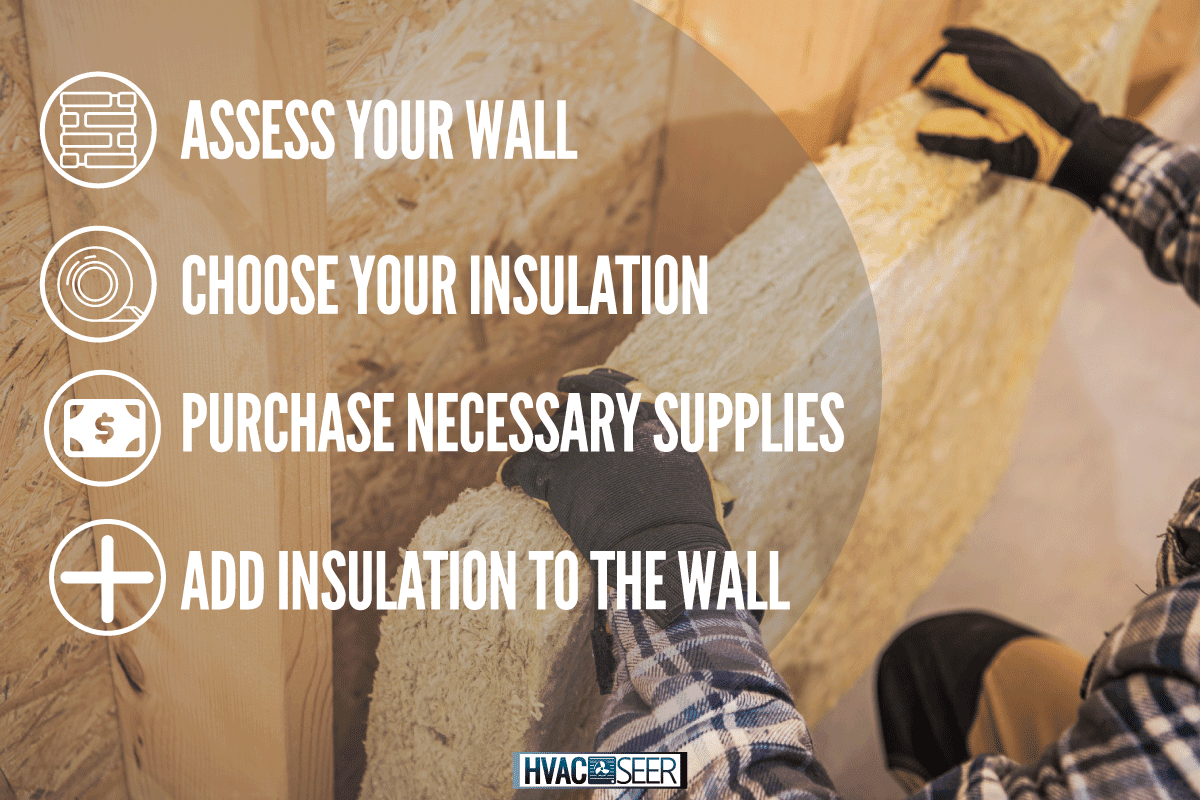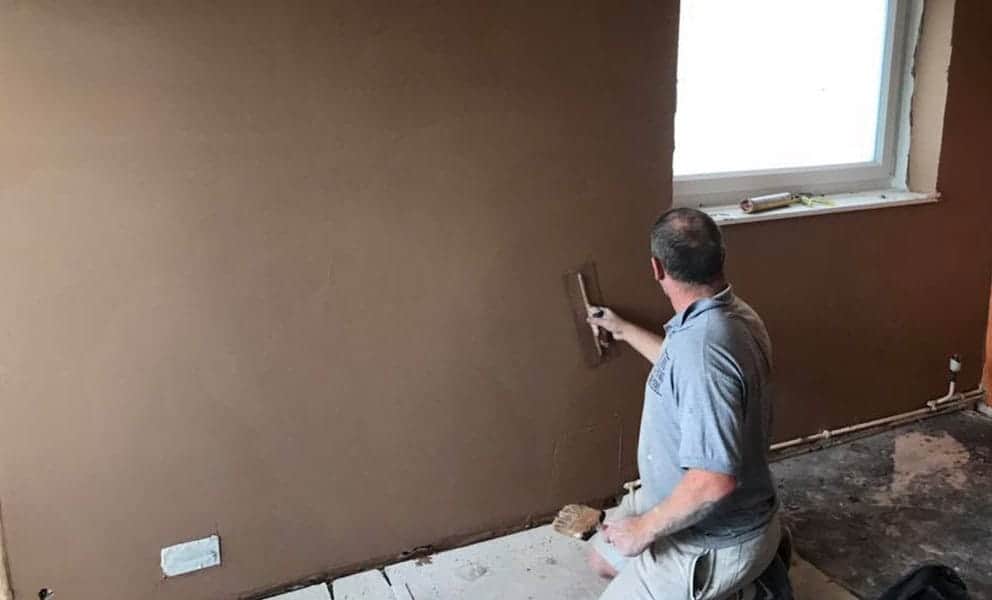Understanding Insulation Basics

Insulation plays a crucial role in maintaining a comfortable indoor temperature, especially in bedrooms that are prone to cold drafts. By preventing heat loss in the winter and heat gain in the summer, insulation helps create a cozy and energy-efficient space.
Types of Insulation Materials
Different types of insulation materials offer varying levels of thermal performance, cost, and ease of installation. Understanding their characteristics is essential for selecting the best option for your bedroom wall.
- Fiberglass Insulation: A common and affordable option, fiberglass insulation is made from spun glass fibers. It offers good thermal performance and is readily available. However, it can be itchy and requires careful handling to avoid skin irritation.
- Mineral Wool Insulation: Made from rock or slag wool, mineral wool insulation is fire-resistant and sound-absorbing. It provides excellent thermal performance and is suitable for both walls and ceilings.
- Cellulose Insulation: Derived from recycled paper, cellulose insulation is a sustainable and eco-friendly option. It offers good thermal performance and sound absorption, making it ideal for reducing noise levels.
- Foam Insulation: Available in various forms, foam insulation is known for its high R-value, which indicates its resistance to heat flow. It can be sprayed, injected, or installed as rigid boards.
Comparing Insulation Types
Here is a detailed comparison of the pros and cons of each insulation type:
| Insulation Type | Pros | Cons |
|---|---|---|
| Fiberglass Insulation | Affordable, readily available, good thermal performance | Itchy, requires careful handling, can settle over time |
| Mineral Wool Insulation | Fire-resistant, sound-absorbing, excellent thermal performance | More expensive than fiberglass, can be difficult to install |
| Cellulose Insulation | Sustainable, eco-friendly, good thermal performance, sound-absorbing | Can be dusty, requires careful installation |
| Foam Insulation | High R-value, good moisture resistance, easy to install | Can be expensive, can release volatile organic compounds (VOCs) |
Choosing the Right Insulation
The most suitable insulation type for your bedroom wall depends on various factors:
- Existing Wall Structure: The type of wall construction will influence the installation process and the insulation material that can be used. For example, fiberglass insulation is commonly used in stud walls, while foam insulation is suitable for cavity walls.
- Budget: Insulation materials vary in cost, with fiberglass being the most affordable option and foam insulation being the most expensive.
- Desired Level of Insulation: The R-value of the insulation material determines its resistance to heat flow. Higher R-values provide better insulation and reduce energy consumption.
Insulation Installation Methods: How To Insulate A Cold Bedroom Wall

Installing insulation in your bedroom wall can significantly reduce heat loss and improve your home’s energy efficiency. Choosing the right insulation method and properly installing it is crucial for achieving optimal results.
Preparing the Wall Surface, How to insulate a cold bedroom wall
Before installing insulation, it’s essential to prepare the wall surface. This involves removing any existing wall coverings, such as wallpaper or drywall, to expose the framing. If there are any cracks or gaps in the wall, they should be repaired using patching compound or spackle. Ensure the surface is clean and dry before proceeding.
Installing Insulation
There are several insulation installation methods available, each with its own advantages and disadvantages. The most common methods include:
Batts
Batts are pre-cut insulation panels made from fiberglass or mineral wool. They are typically available in various thicknesses to suit different wall cavities. Batts are relatively easy to install and are often the most cost-effective option.
- Advantages: Easy to install, cost-effective, good thermal resistance.
- Disadvantages: Can be bulky, may require cutting to fit, susceptible to settling over time.
Blown-in Insulation
Blown-in insulation is a loose-fill material that is blown into wall cavities using specialized equipment. It is often made from fiberglass, cellulose, or mineral wool. Blown-in insulation is ideal for filling irregularly shaped cavities and can be easily installed in existing walls.
- Advantages: Can be installed in existing walls, fills irregularly shaped cavities, good for soundproofing.
- Disadvantages: Requires specialized equipment, can be messy, may settle over time.
Rigid Foam Boards
Rigid foam boards are a type of insulation made from expanded polystyrene (EPS), extruded polystyrene (XPS), or polyurethane (PU). They are available in various thicknesses and can be used as both insulation and a moisture barrier. Rigid foam boards are typically installed on the exterior of walls but can also be used on the interior.
- Advantages: Excellent thermal resistance, moisture-resistant, can be used as a moisture barrier.
- Disadvantages: Can be expensive, requires specialized tools for cutting, may not be suitable for all wall types.
Securing Insulation in Place
Once the insulation is installed, it needs to be secured in place to prevent it from settling or moving. The method used to secure the insulation will depend on the type of insulation and the wall construction.
Batts
Batts are typically held in place by friction and can be further secured using staples, wire mesh, or adhesive.
Blown-in Insulation
Blown-in insulation is typically held in place by the weight of the material and the pressure of the air used to blow it into the cavity.
Rigid Foam Boards
Rigid foam boards are typically attached to the wall using adhesive, screws, or a combination of both.
Comparing Insulation Installation Methods
| Method | Pros | Cons |
|—|—|—|
| Batts | Easy to install, cost-effective, good thermal resistance | Can be bulky, may require cutting to fit, susceptible to settling over time |
| Blown-in Insulation | Can be installed in existing walls, fills irregularly shaped cavities, good for soundproofing | Requires specialized equipment, can be messy, may settle over time |
| Rigid Foam Boards | Excellent thermal resistance, moisture-resistant, can be used as a moisture barrier | Can be expensive, requires specialized tools for cutting, may not be suitable for all wall types |
Addressing Specific Wall Types

Each wall type presents unique challenges and requires specific insulation techniques for optimal results. This section delves into the common challenges associated with insulating different types of walls, including drywall, brick, and log walls. It provides tailored strategies and tips for insulating each wall type effectively, addressing air leaks and moisture control.
Insulating Drywall Walls
Drywall walls are common in modern homes and are relatively easy to insulate. However, they can be prone to air leaks around electrical outlets, switches, and other penetrations.
Drywall walls are typically constructed with studs spaced 16 inches apart. This spacing allows for easy installation of standard-sized insulation batts or rolls.
Insulating Drywall Walls:
- Batt Insulation: Batt insulation is a common choice for drywall walls. It is available in various thicknesses and R-values, and it can be easily fitted between the studs. It is essential to ensure a tight fit to prevent air leaks.
- Spray Foam Insulation: Spray foam insulation is a good option for filling gaps and cracks around electrical outlets, switches, and other penetrations. It creates an airtight seal and provides excellent insulation.
- Blown-In Insulation: Blown-in insulation is a suitable option for existing walls where access is limited. It can be blown into the wall cavity through small holes drilled in the drywall.
Addressing Air Leaks:
- Caulk and Sealant: Use caulk or sealant to seal gaps around electrical outlets, switches, and other penetrations in the drywall.
- Weatherstripping: Install weatherstripping around doors and windows to prevent air leaks.
- Foam Tape: Use foam tape to seal gaps around electrical boxes and other penetrations.
Moisture Control:
- Vapor Barrier: Install a vapor barrier on the warm side of the insulation to prevent moisture from migrating into the wall cavity. This is particularly important in humid climates.
- Proper Ventilation: Ensure adequate ventilation in the attic and crawl space to prevent moisture buildup.
- Roofing Underlayment: Install a quality roofing underlayment to prevent water damage from leaks.
How to insulate a cold bedroom wall – Ugh, cold bedroom walls are the worst! You know what else is annoying? Trying to pick a paint color for your bedroom. You gotta think about the mood you want, the vibe you’re going for, and all that jazz. If you’re feeling bold, maybe go for something like pink color bedroom walls – it’s totally in right now.
Anyway, back to those cold walls. Maybe try adding some insulation to help keep the heat in. That’ll definitely make your room feel more cozy, no matter what color you choose!
Ugh, cold bedroom walls are the worst! You can try adding insulation or maybe even some thick curtains to block out the chill. And hey, while you’re at it, why not add a touch of personality with some pink master bedroom decorating ideas ?
Pink can really brighten up a room, and it’s super trendy right now. Just make sure you’re dealing with the cold wall problem first, or you’ll be freezing your buns off while you’re trying to decorate!